Ever wondered how you can grow your own protein-packed foods right in your garden?
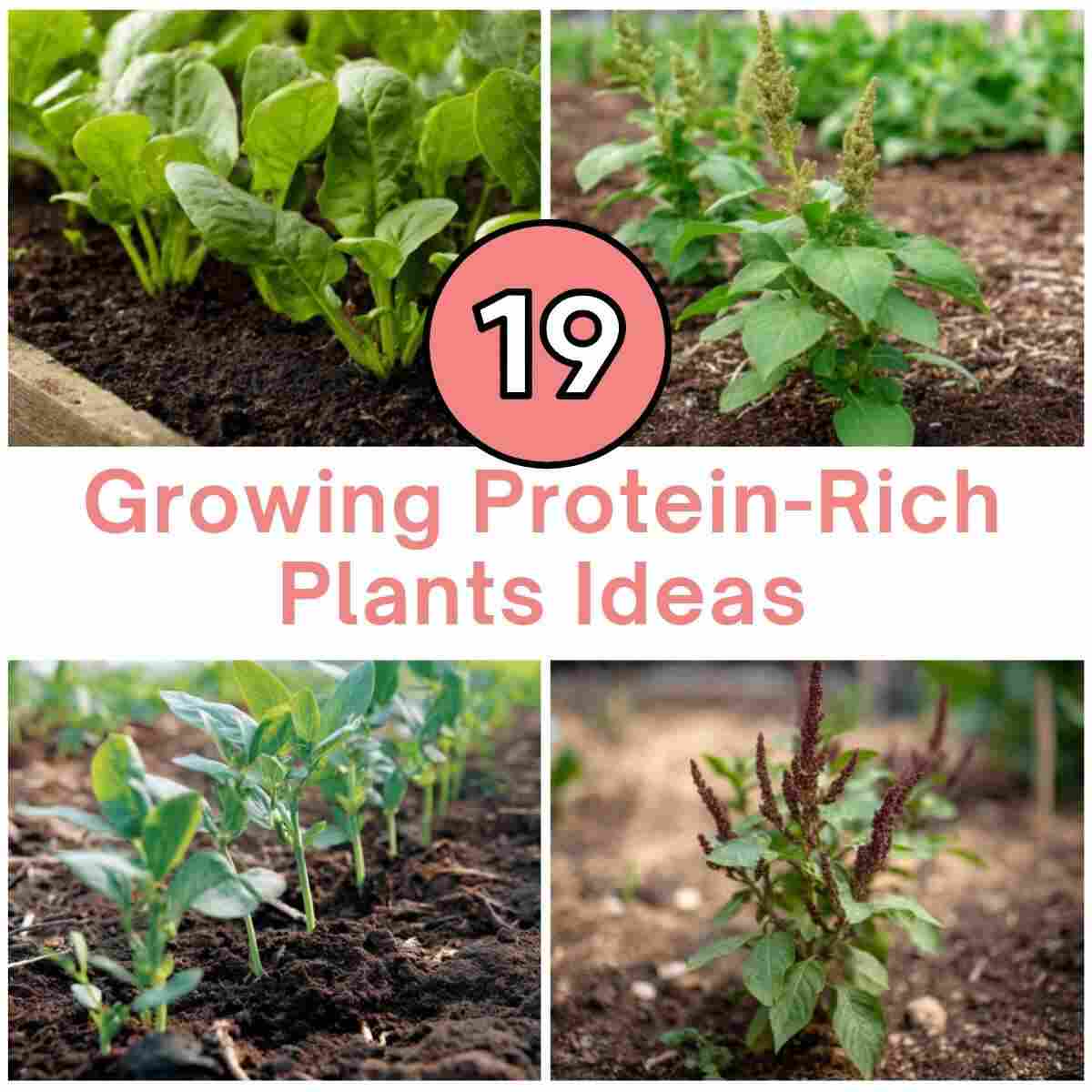
Want to eat more protein without always buying meat or eggs?
Growing Protein-Rich Plants Ideas can help you grow healthy foods right in your garden that are full of strength-building nutrients.
Let’s dig in!
1. Soybeans
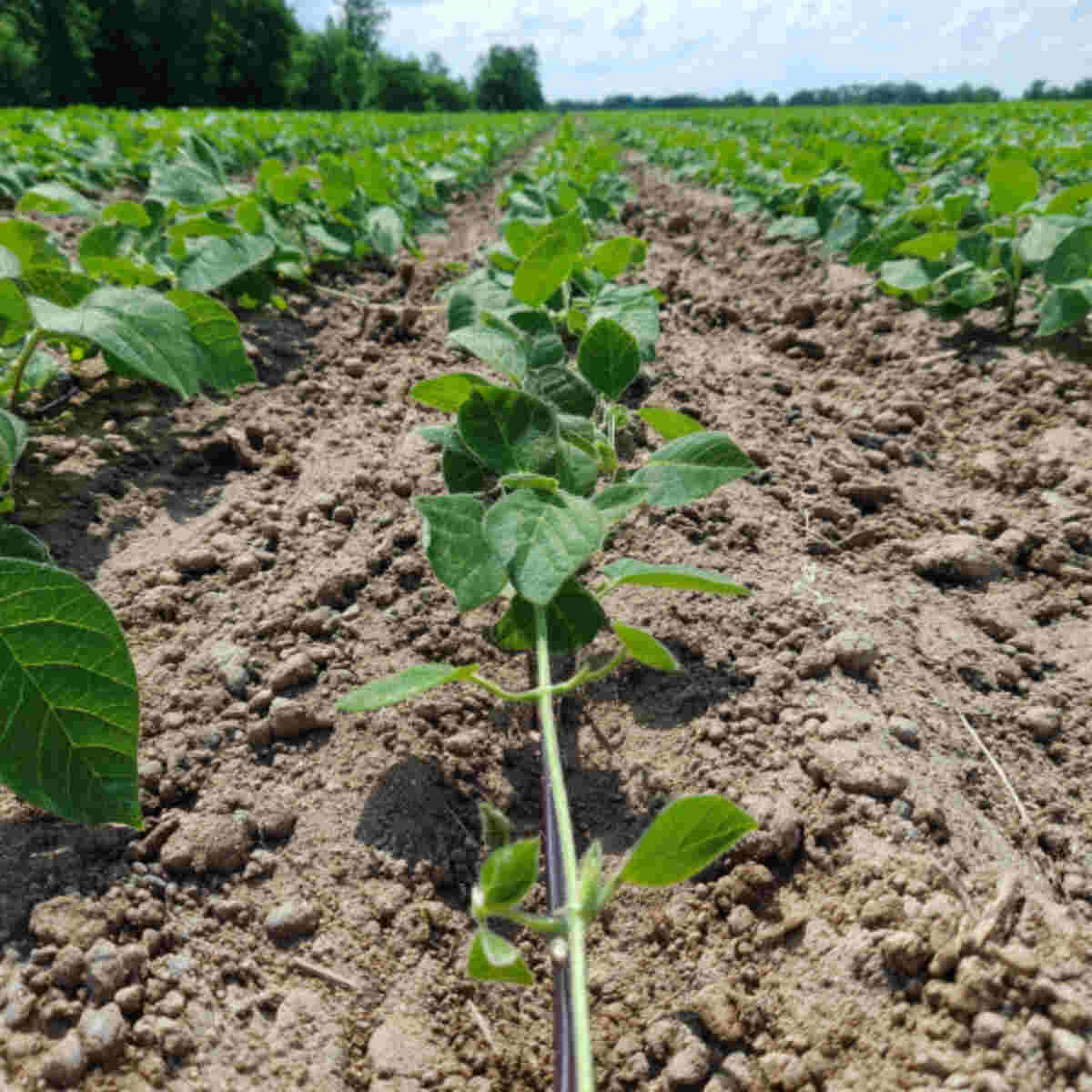
Soybeans are one of the most popular choices when it comes to Growing Protein-Rich Plants Ideas.
They are packed with complete protein, making them an excellent substitute for meat in vegetarian and vegan diets.
Growing soybeans at home can provide a reliable source of nutrition for many meals, from soy milk to tofu.
2. Lentils
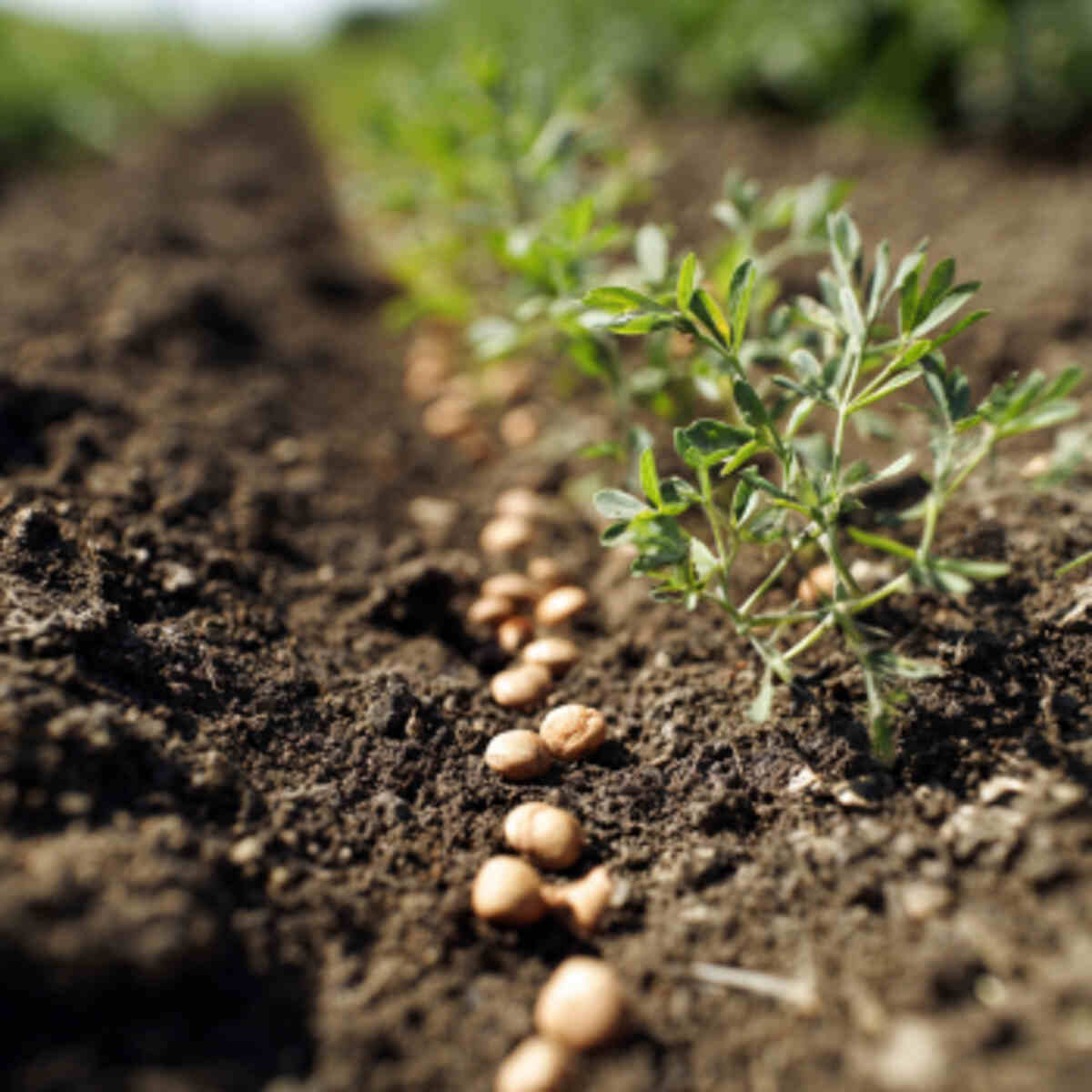
Lentils are fast-growing legumes and an important part of Growing Protein-Rich Plants Ideas.
They are rich in protein, fiber, and essential minerals, making them a healthy and filling crop.
Home gardeners appreciate lentils because they don’t take up much space and improve soil health through nitrogen fixation.
3. Chickpeas (Garbanzo Beans)
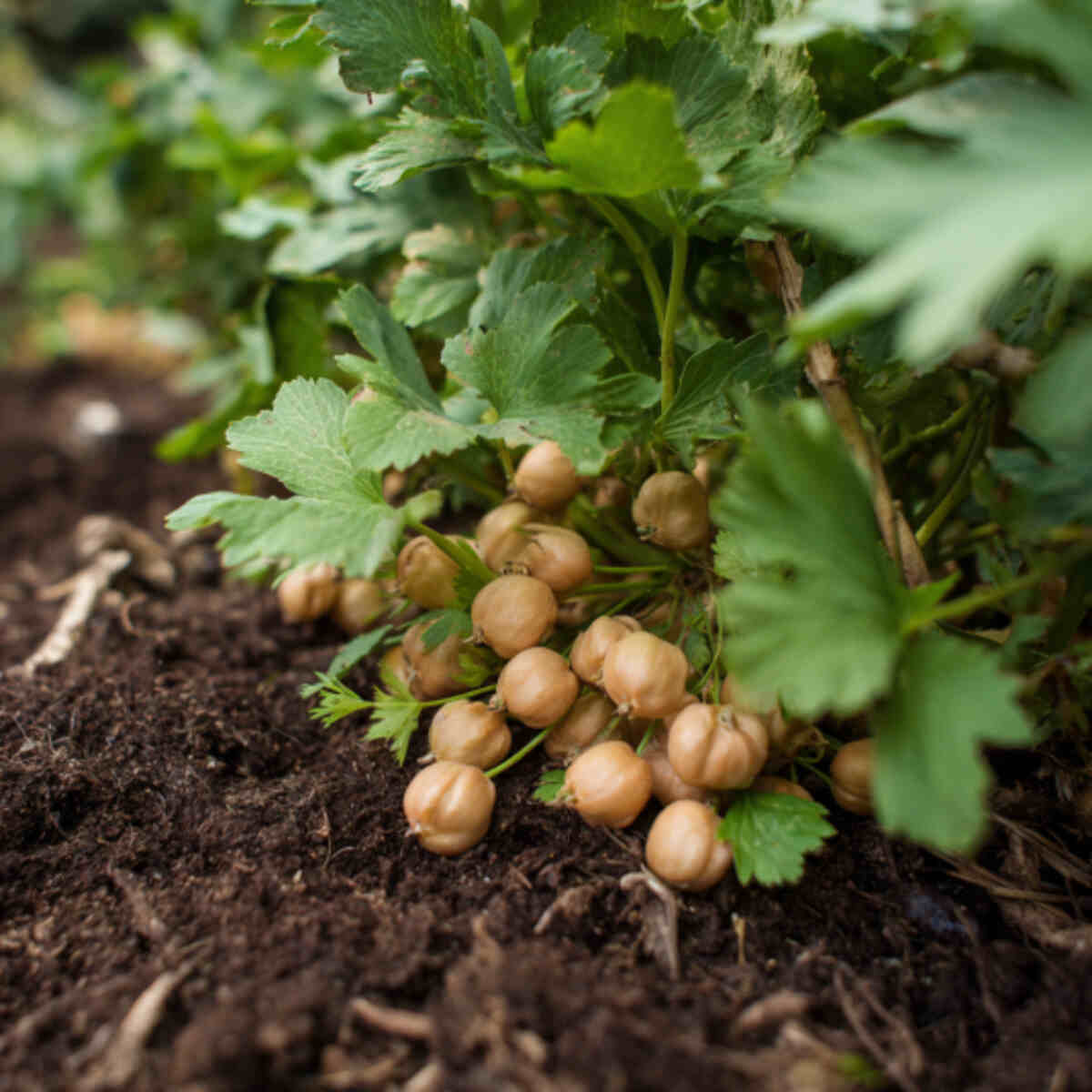
Chickpeas are an excellent addition to Growing Protein-Rich Plants Ideas because they are versatile and nutrient-dense.
They are loaded with protein and can be used in recipes like hummus, curries, or salads.
Growing chickpeas in your garden not only boosts protein intake but also adds variety to your meals.
4. Black Beans
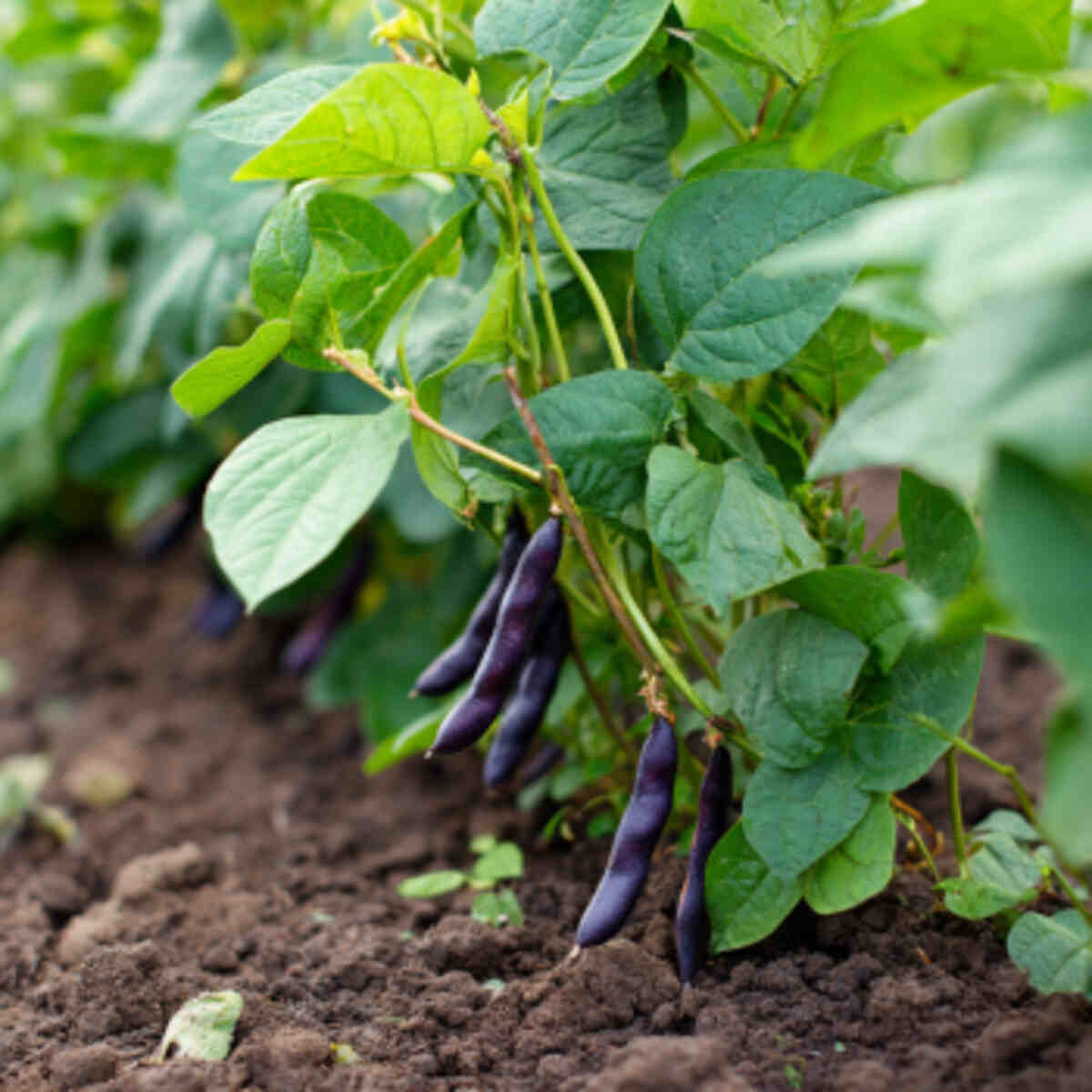
Black beans are a classic choice for anyone looking into Growing Protein-Rich Plants Ideas.
They are high in plant-based protein and fiber, supporting both energy and digestion.
These beans are easy to grow in warm conditions and can be stored for long-term use after harvest.
5. Kidney Beans
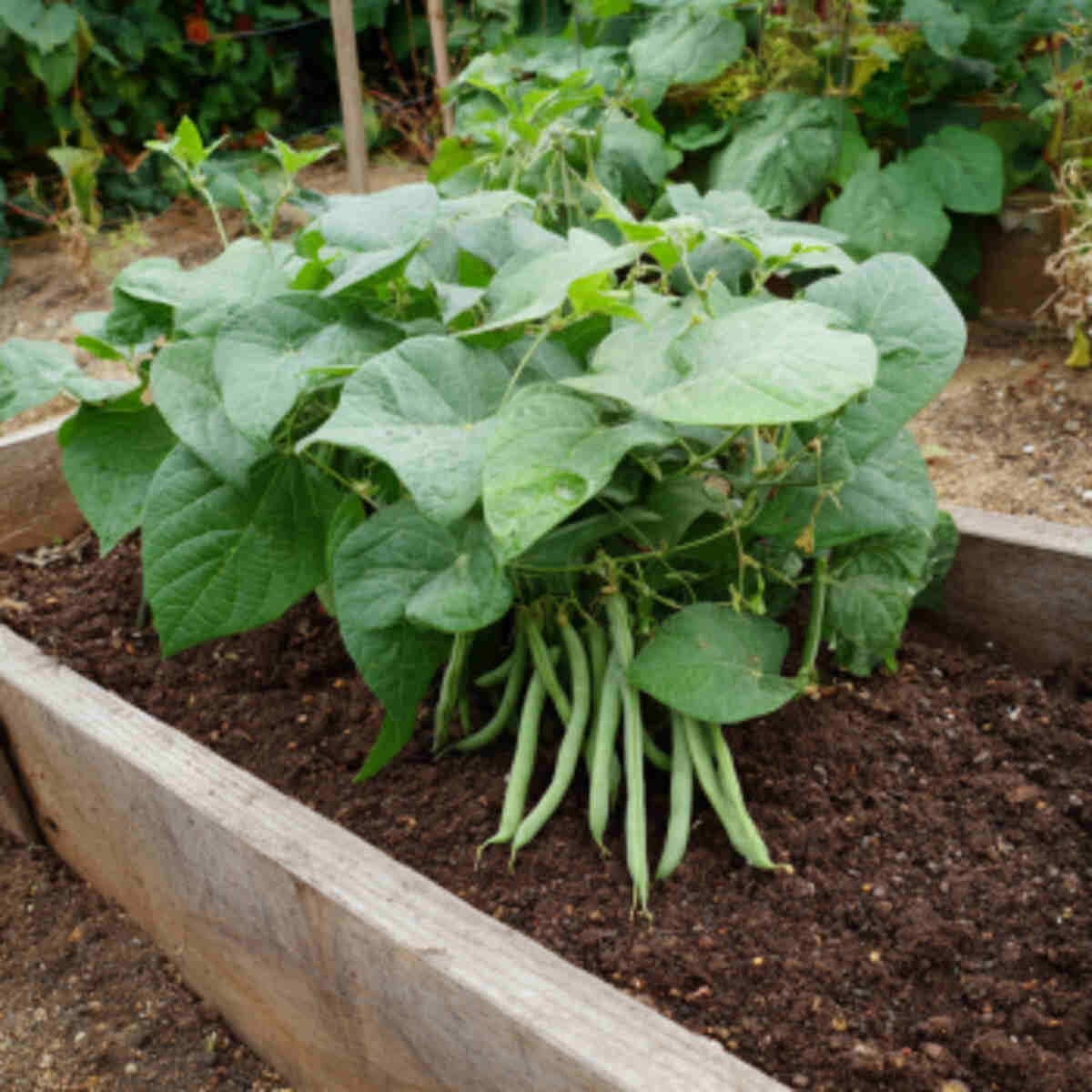
Kidney beans are another powerful option under Growing Protein-Rich Plants Ideas.
They are protein-packed and offer essential nutrients like iron and folate.
Growing kidney beans gives you a hearty ingredient for stews, soups, and chili, making them valuable in a home garden.
6. Pinto Beans
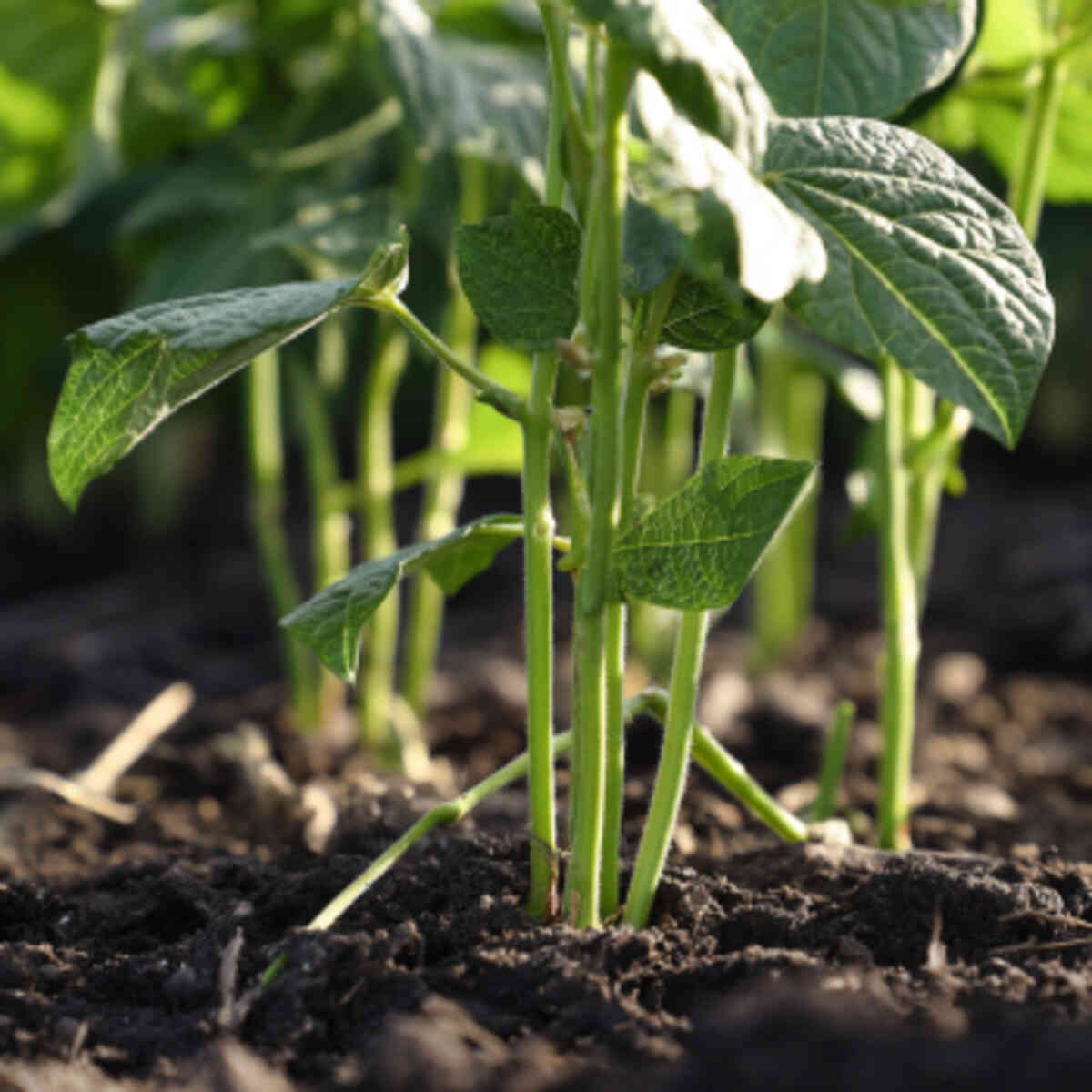
Pinto beans are one of the easiest beans to grow, making them great for Growing Protein-Rich Plants Ideas.
They are full of protein and add flavor and color to many traditional dishes. Gardeners value pinto beans because they are hardy and can thrive in different soil types.
7. Peas (Green Peas)
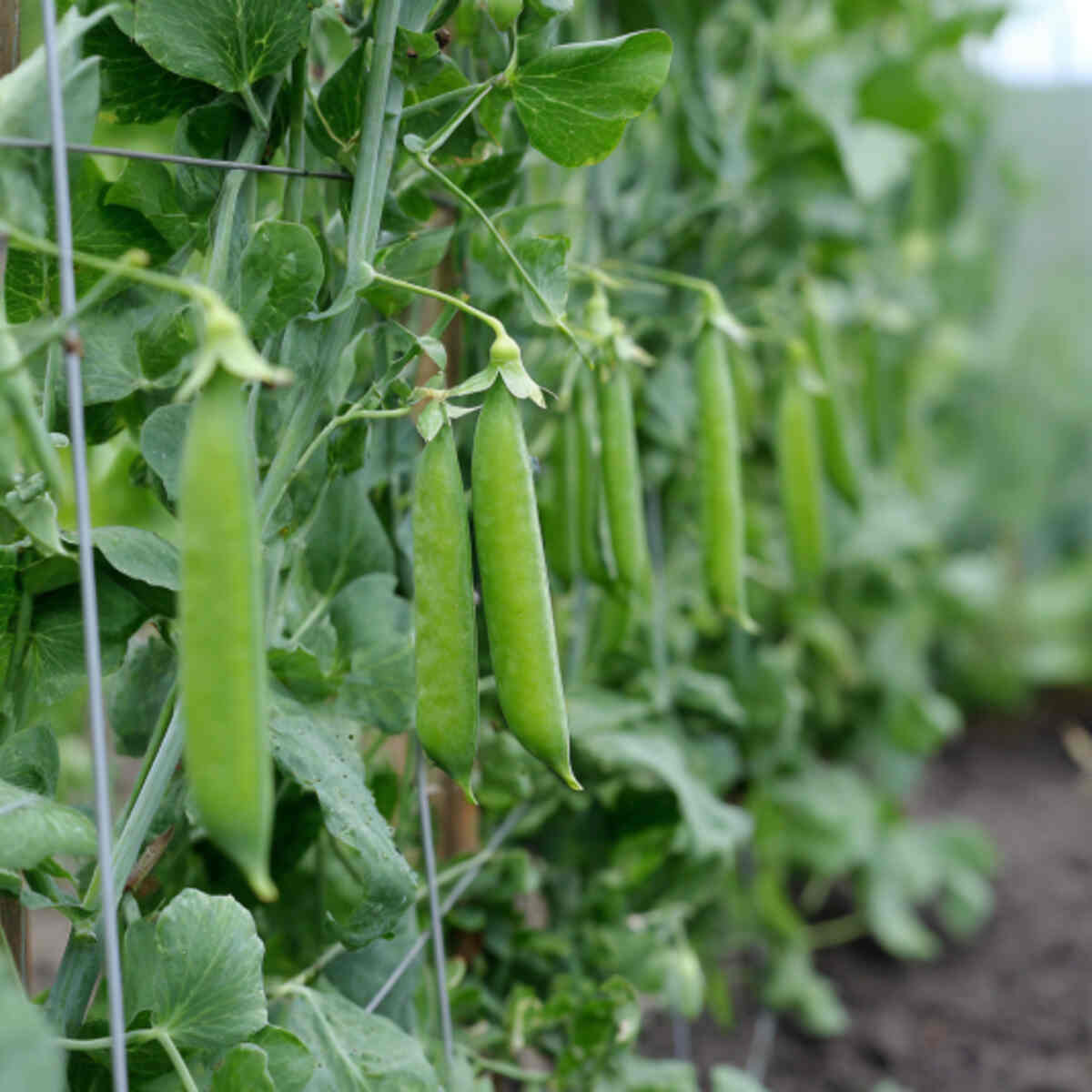
Green peas are a favorite among Growing Protein-Rich Plants Ideas because they are sweet, easy to grow, and full of protein.
They also provide dietary fiber and vitamins that support overall health. Growing peas at home ensures you always have a fresh, protein-rich snack straight from the pod.
8. Mung Beans
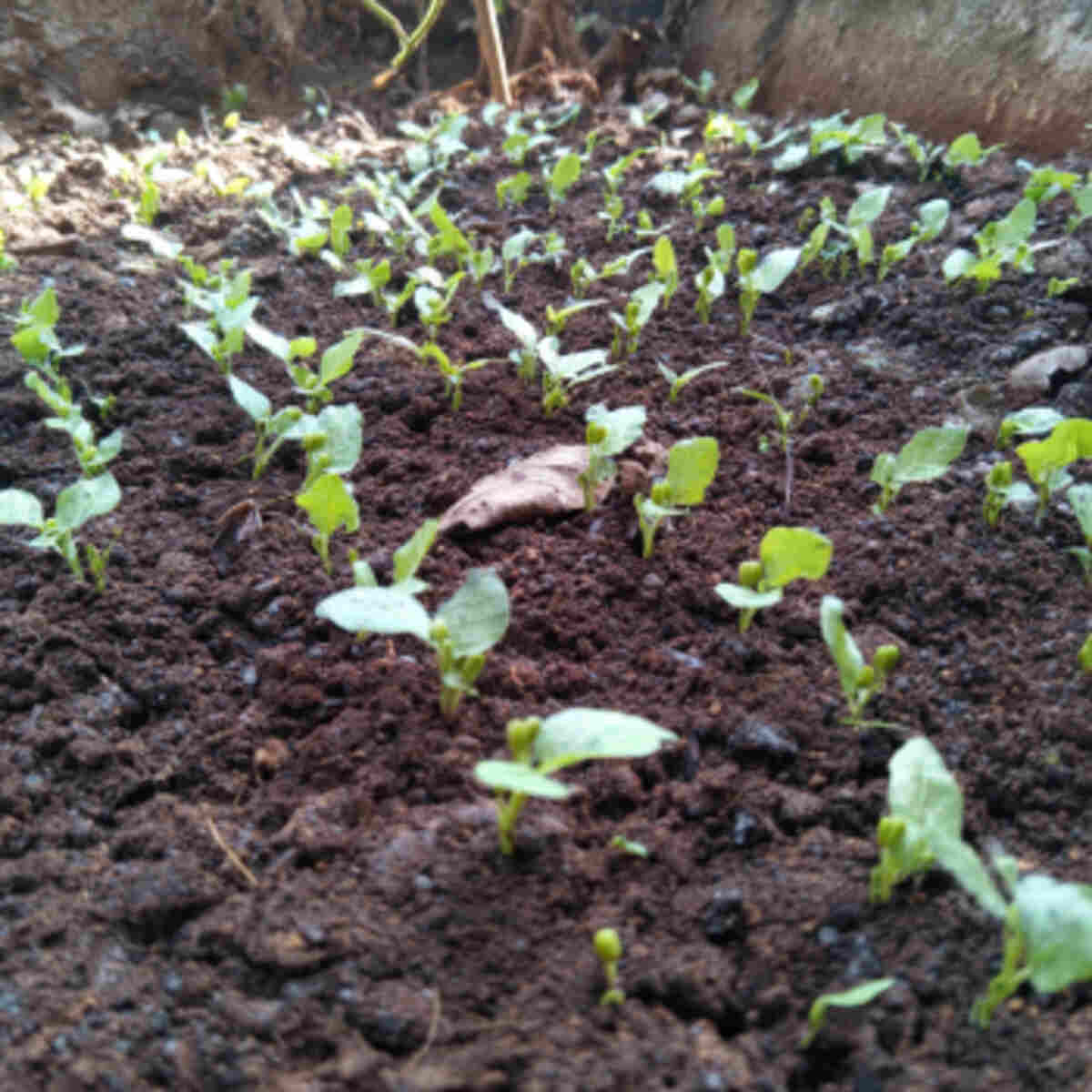
Mung beans are a staple in many parts of the world and an important choice for Growing Protein-Rich Plants Ideas.
They are rich in protein and are often used in sprouted form for added nutrition.
Gardeners enjoy mung beans for their quick growth and the ability to improve soil fertility.
9. Fava Beans
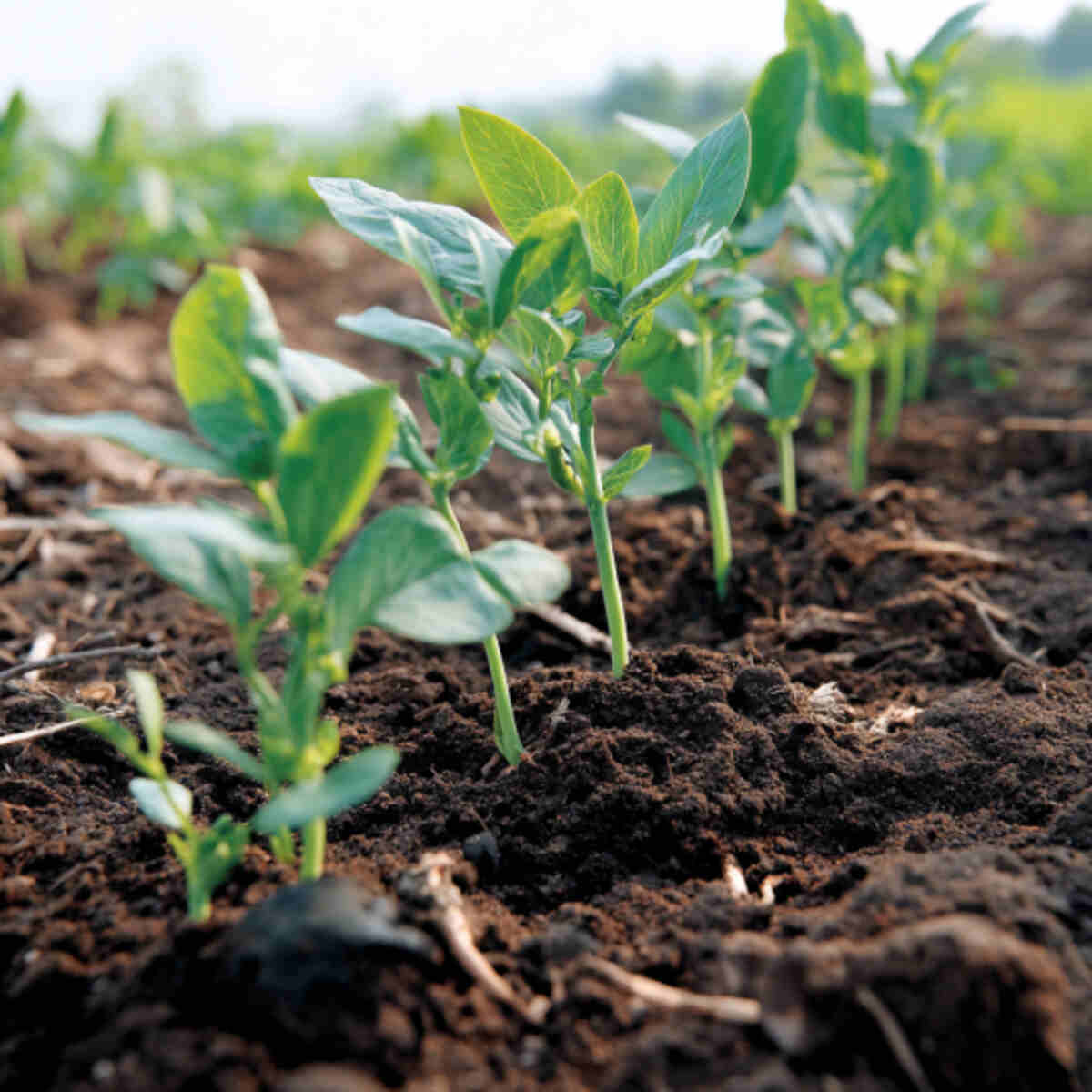
Fava beans stand out as a protein-rich crop in the list of Growing Protein-Rich Plants Ideas.
They provide a dense source of protein, fiber, and essential vitamins. They also enrich the soil, making them a sustainable and beneficial addition to any garden.
10. Edamame
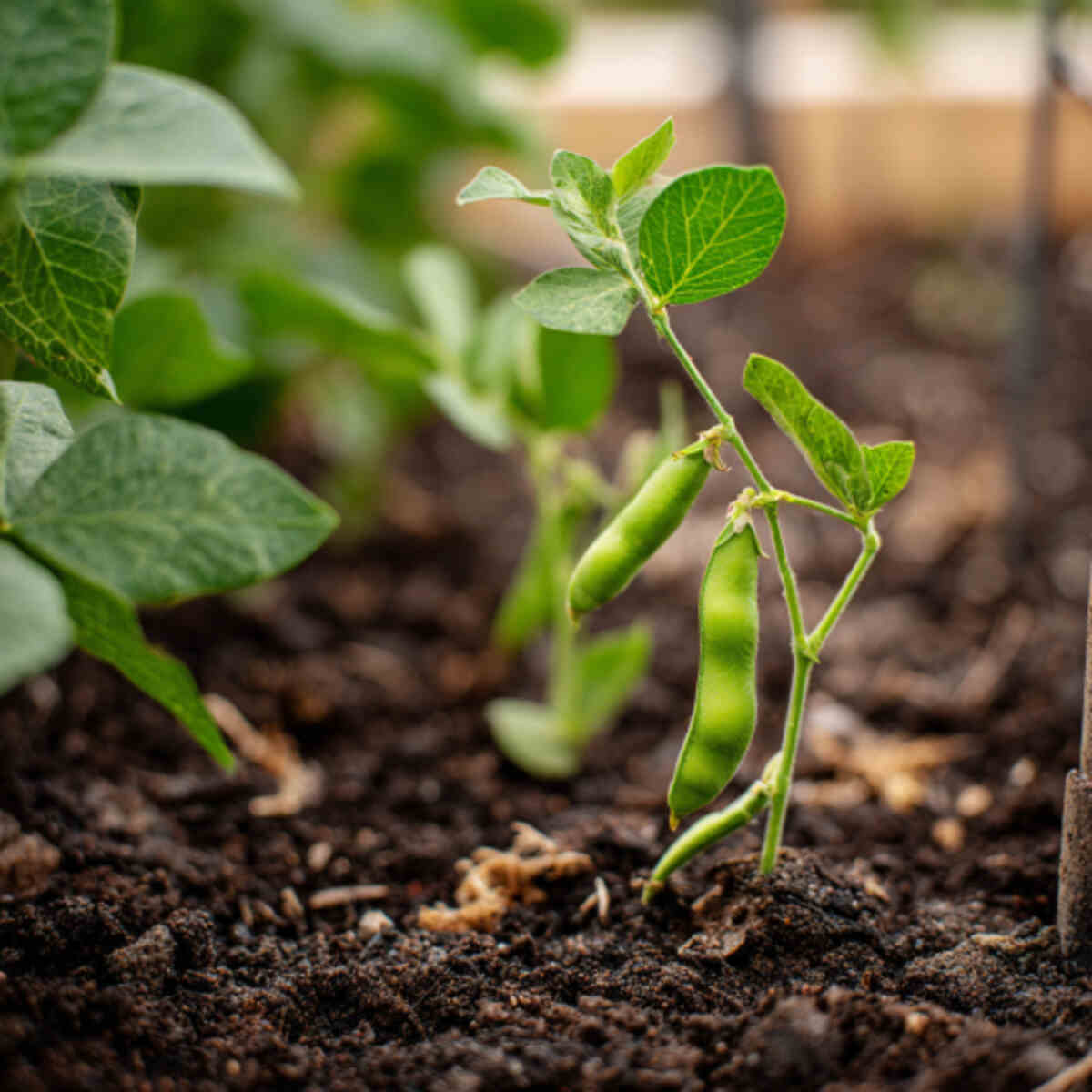
Edamame is the young, green version of soybeans and is a popular part of Growing Protein-Rich Plants Ideas.
These beans are high in protein and make a delicious, healthy snack. Growing edamame at home ensures you always have a fresh, nutrient-packed option for quick meals.
11. Quinoa
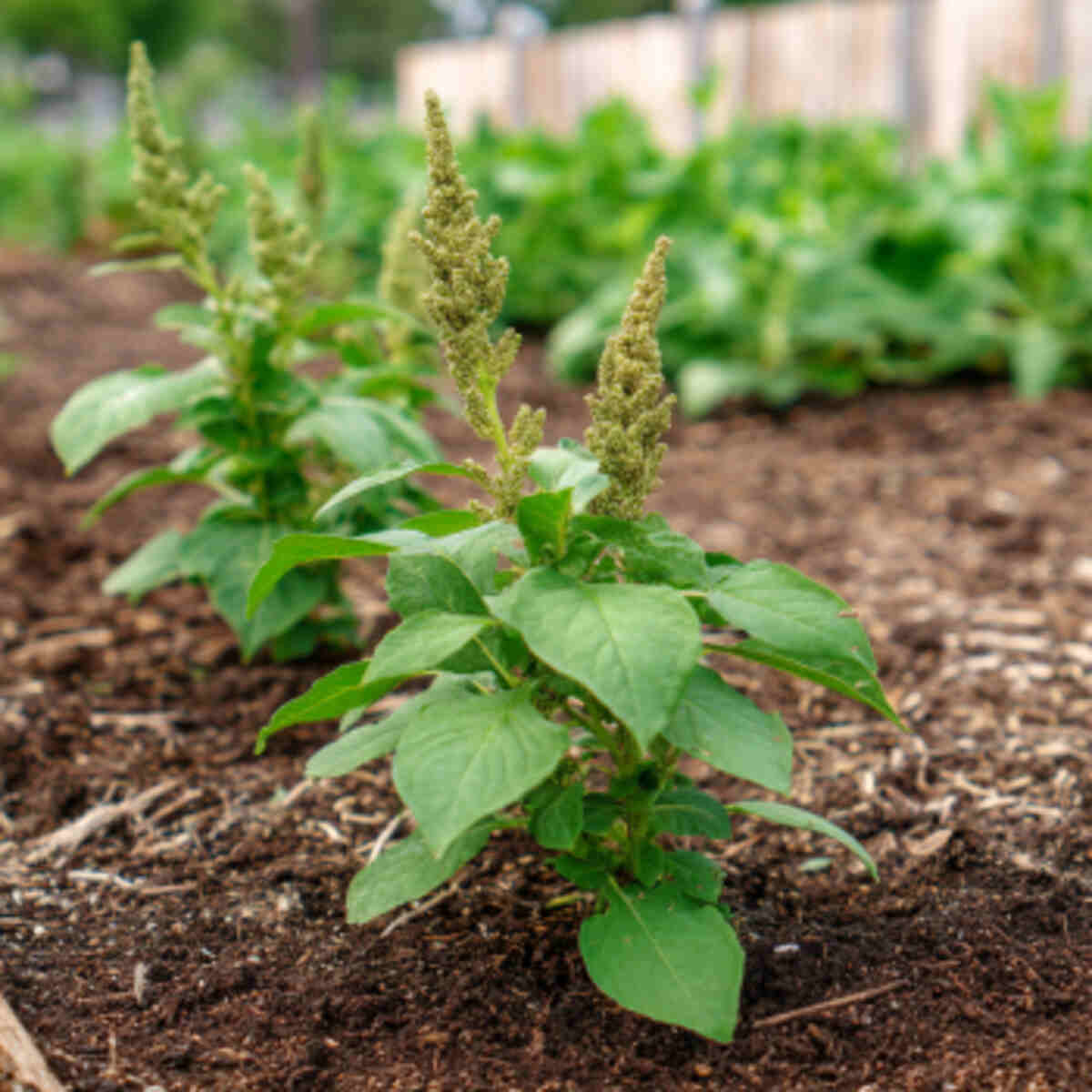
Quinoa is not a bean but a pseudograin, yet it earns its place in Growing Protein-Rich Plants Ideas due to its high protein content.
It contains all essential amino acids, making it a complete plant protein. Growing quinoa provides a gluten-free, protein-packed grain alternative for your kitchen.
12. Amaranth
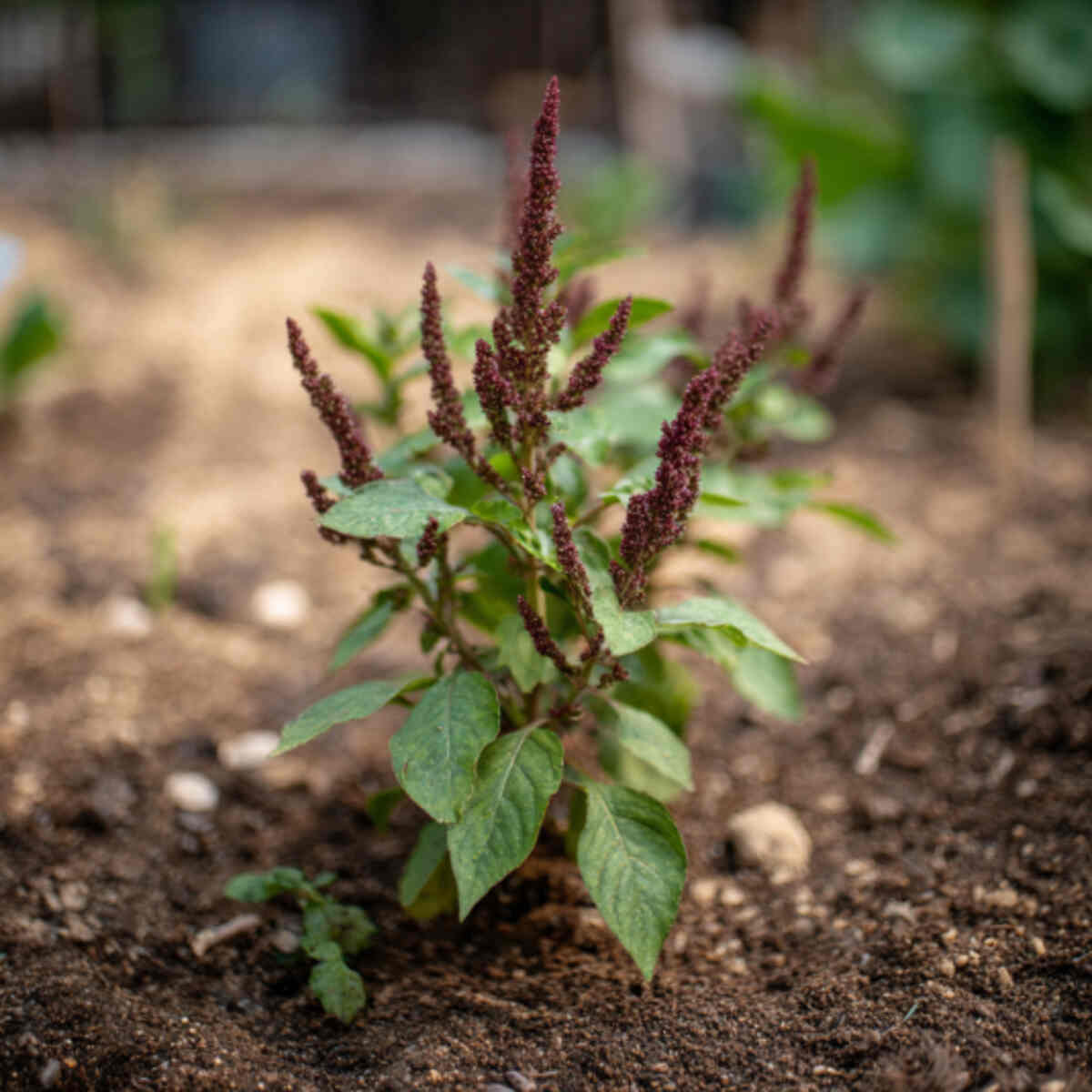
Amaranth is another pseudograin that belongs in Growing Protein-Rich Plants Ideas. It is full of protein and also provides iron, magnesium, and fiber.
Gardeners grow amaranth for both its edible leaves and seeds, making it a versatile protein-rich plant.
13. Buckwheat
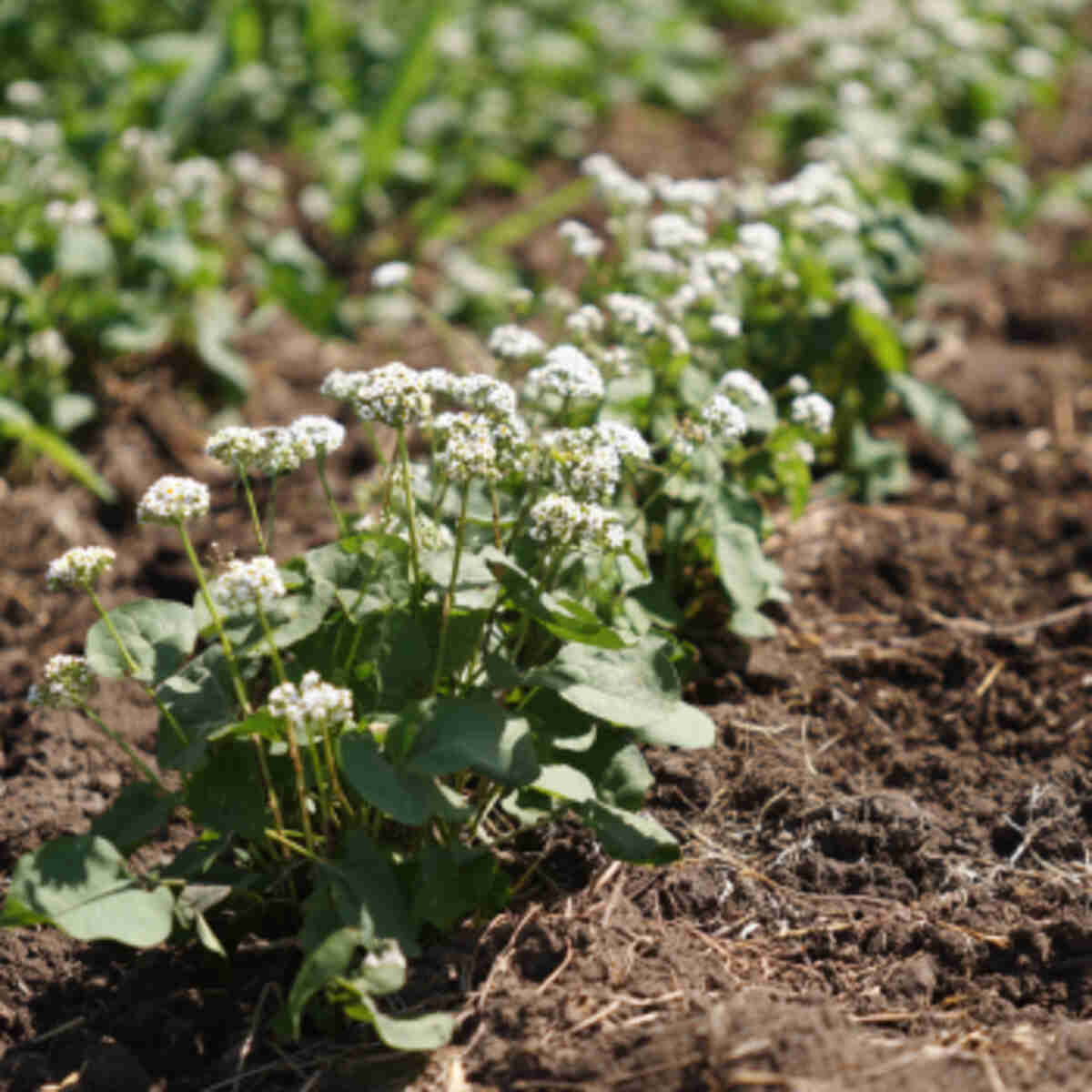
Buckwheat is a highly nutritious crop and deserves a spot in Growing Protein-Rich Plants Ideas.
It provides a good amount of protein and essential nutrients while being gluten-free. Growing buckwheat at home also benefits the soil and attracts pollinators with its flowers.
14. Hemp Seeds (Hemp Plant)
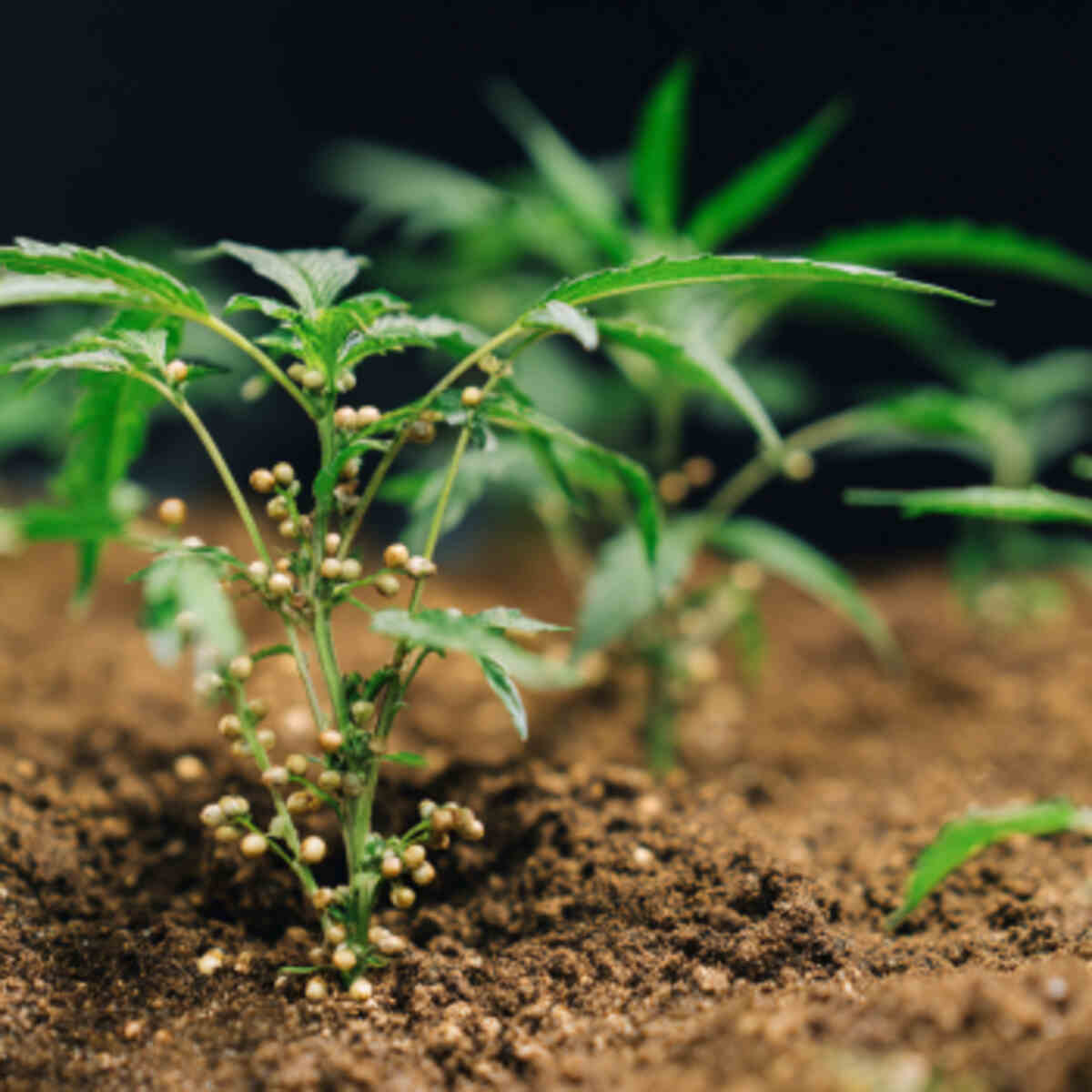
Hemp is one of the most protein-rich seeds, making it essential in Growing Protein-Rich Plants Ideas.
The seeds are complete proteins and are also rich in healthy fats. Cultivating hemp plants can provide a sustainable source of protein-packed seeds for many recipes.
See, 12 Easy Mixed Herb & Veggie Container Ideas
15. Chia Seeds (Chia Plant)
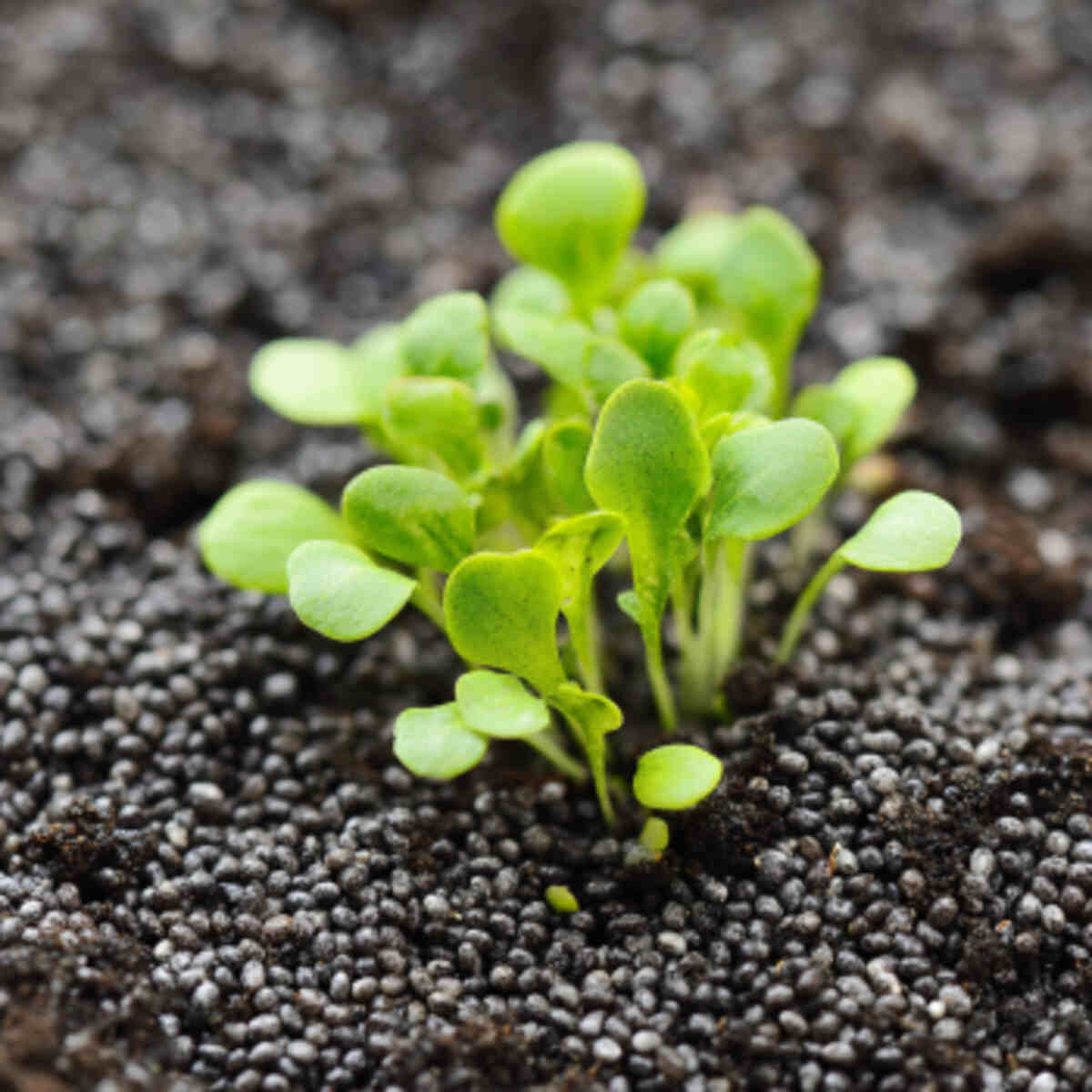
Chia seeds are another powerful superfood and fit perfectly into Growing Protein-Rich Plants Ideas.
They are rich in protein, omega-3 fatty acids, and fiber. Growing chia at home gives you access to a nutrient-dense seed that can be added to smoothies, puddings, or baked goods.
16. Sunflower Seeds (Sunflowers)
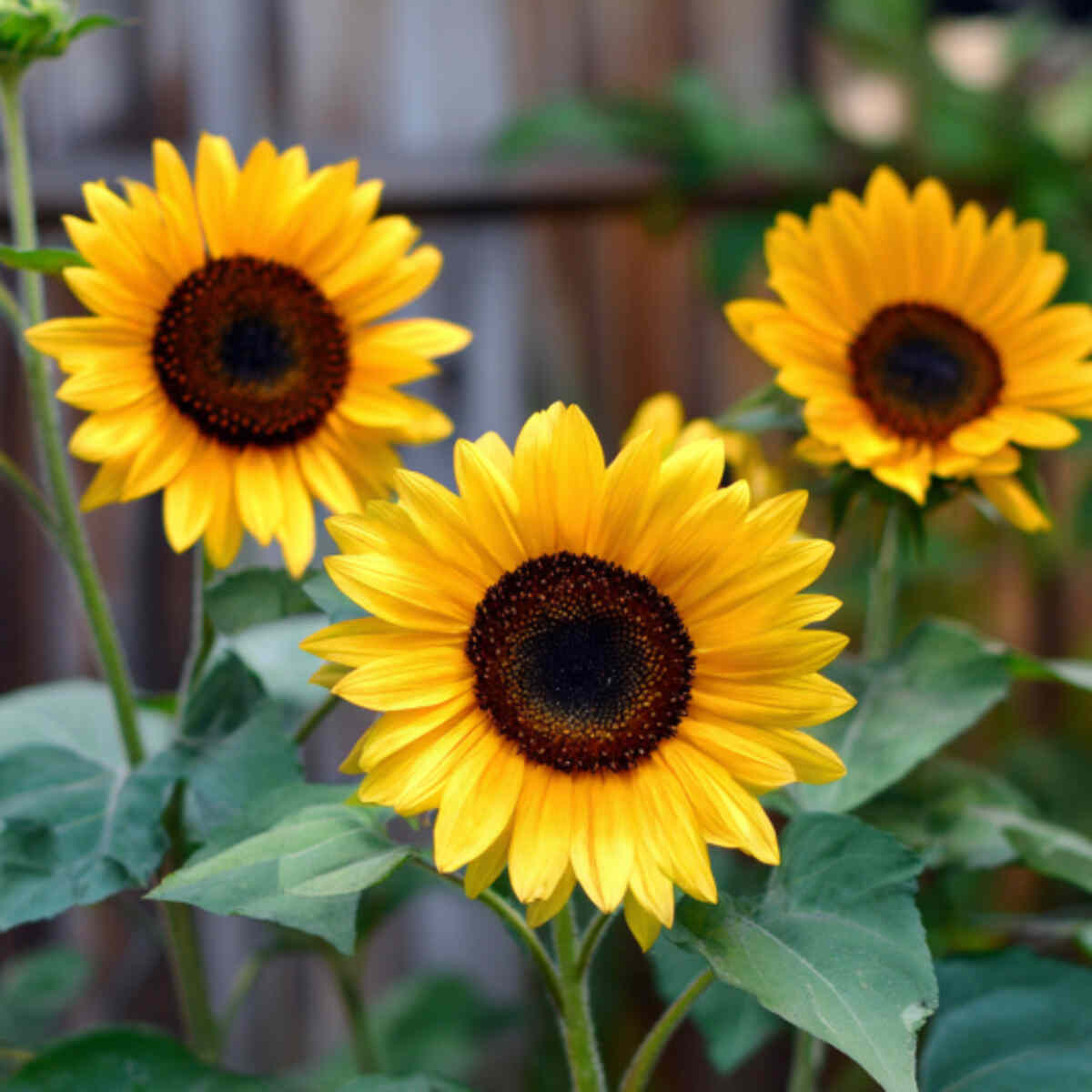
Sunflowers are not only beautiful but also valuable in Growing Protein-Rich Plants Ideas.
Their seeds are rich in protein, vitamin E, and healthy fats. Growing sunflowers adds beauty to your garden while providing a nutritious snack at harvest.
17. Pumpkin Seeds (Pumpkin Plant)
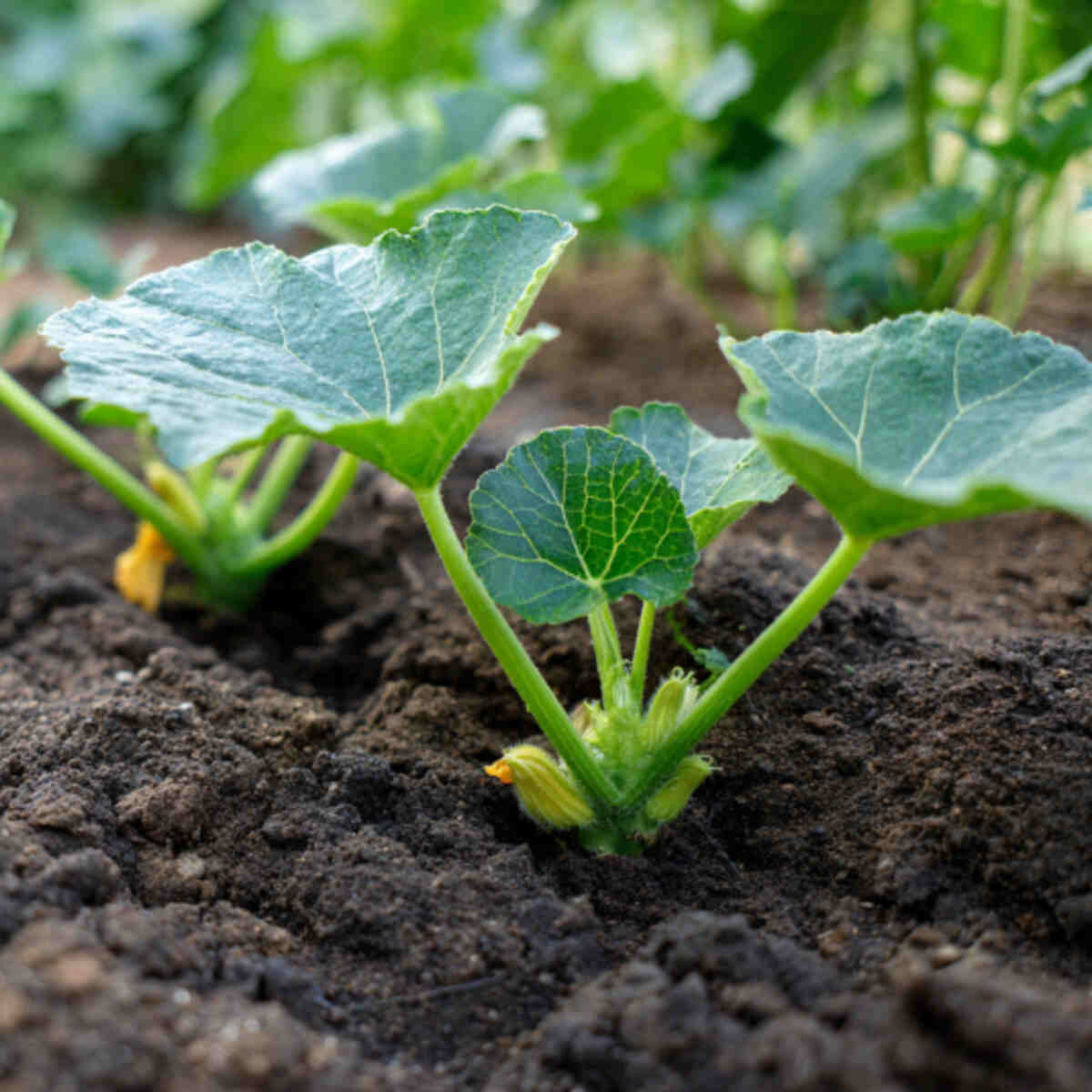
Pumpkin plants are excellent for Growing Protein-Rich Plants Ideas because they provide both food and seeds.
Pumpkin seeds are high in protein, zinc, and magnesium, making them a healthy choice.
Growing pumpkins ensures you get both a versatile vegetable and protein-packed seeds.
18. Spinach
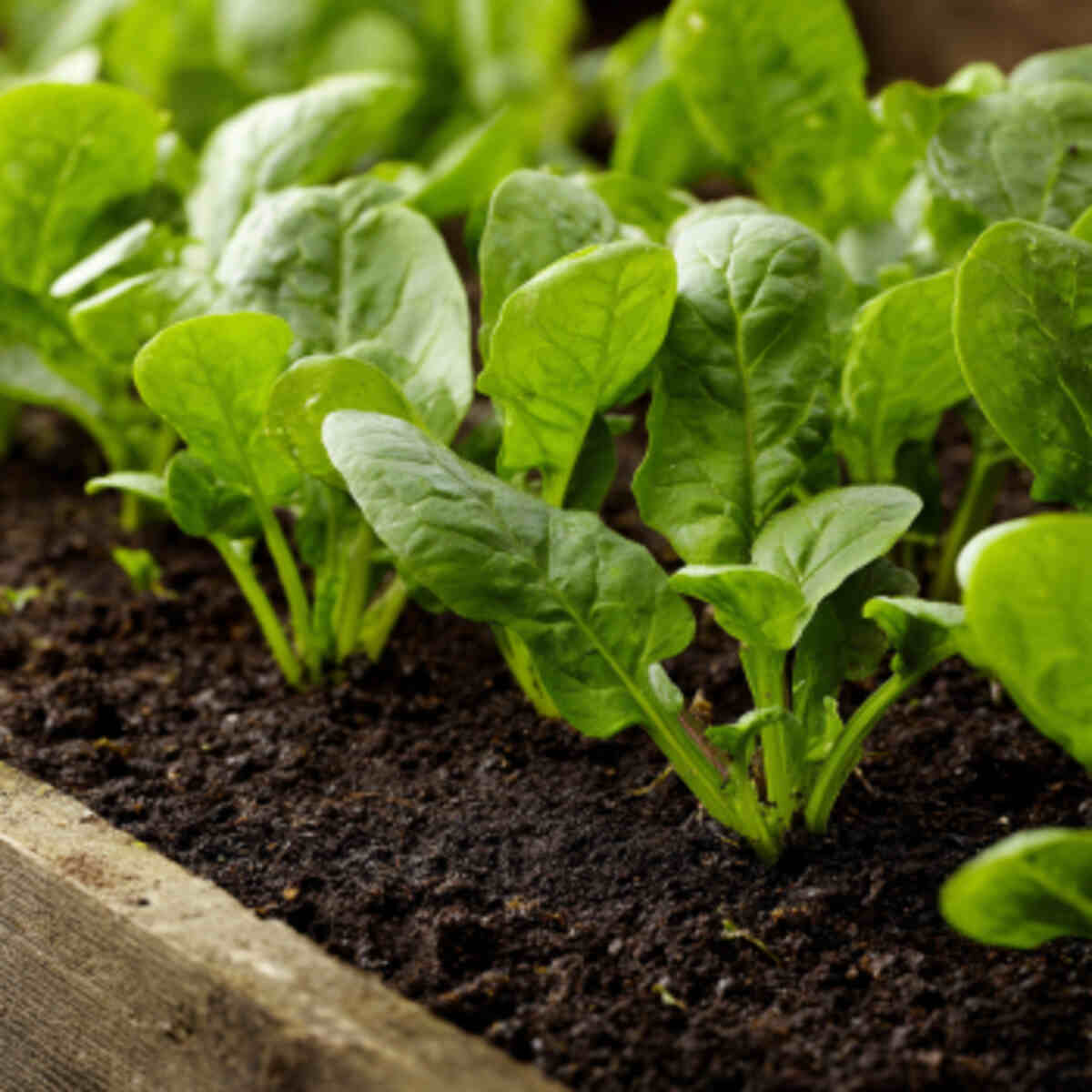
Spinach may not have as much protein as beans or seeds, but it is still important in Growing Protein-Rich Plants Ideas.
It offers a moderate protein content along with vitamins and minerals that support muscle health. Growing spinach gives you a continuous supply of fresh, nutrient-rich greens.
19. Kale
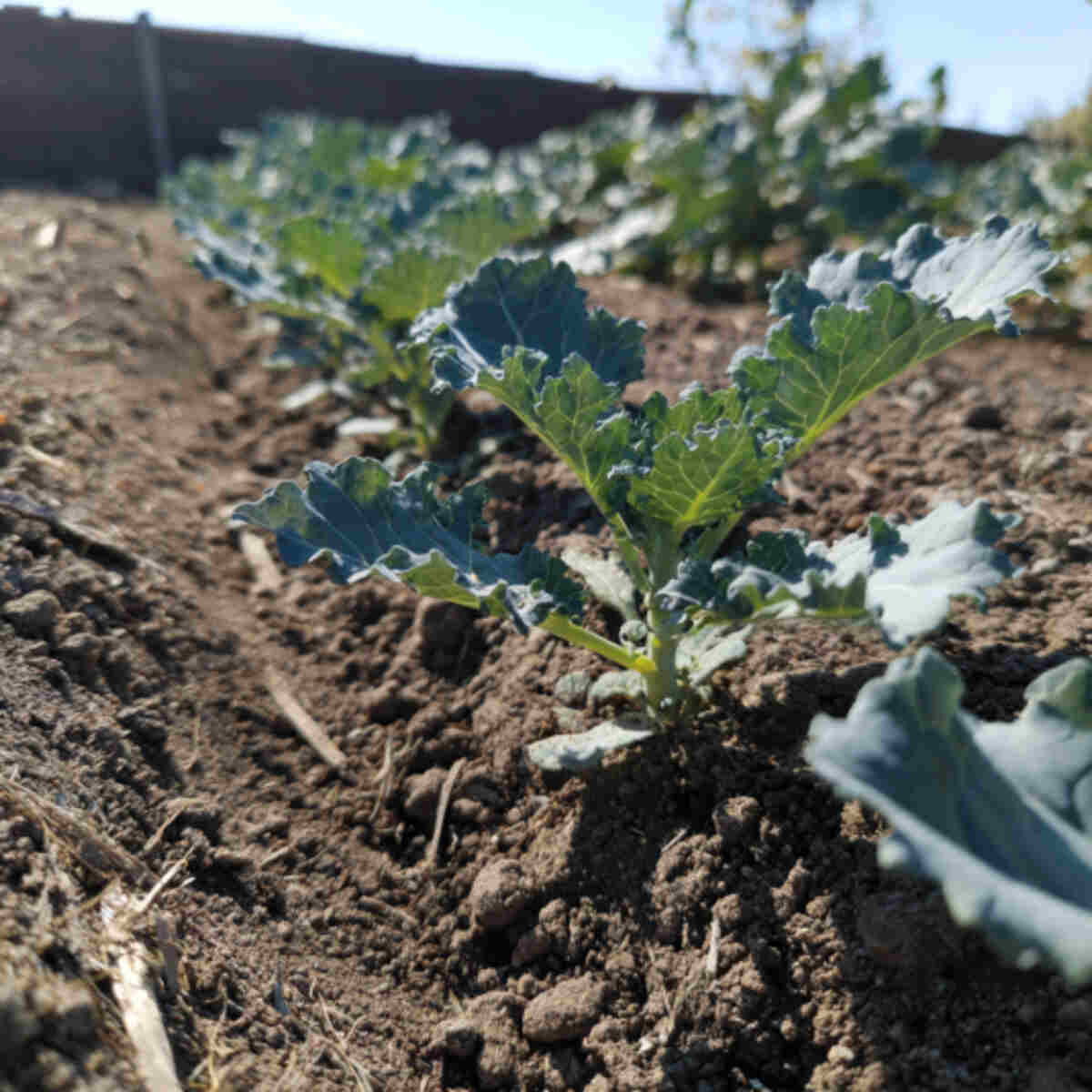
Kale is another leafy green that contributes to Growing Protein-Rich Plants Ideas. It is rich in protein compared to other vegetables and is packed with calcium and antioxidants.
Growing kale ensures you always have a nutrient-dense, protein-supporting green in your garden.
Growing Protein-Rich Plants Ideas give you a simple and natural way to boost your daily protein intake while enjoying fresh, homegrown food.
From beans and peas to seeds and leafy greens, each plant adds its own nutrients and flavors to your meals.
By planting these protein-rich options, you can support a healthier diet, save money, and enjoy the satisfaction of growing your own nutritious food.
